Have you ever participated in a summer festival in Japan? I will introduce one of Japan’s most passionate summer festivals, which you can even participate in, Aomori Nebuta Festival.
What is Nebuta (ねぶた)?
A Nebuta is a human-shaped float. The large ones are nine meters wide, seven meters deep, five meters high, and weigh four tons!
The entire structure is built with wood and wire, about 800 – 1,000 light bulbs are put inside and covered with traditional Japanese paper called Washi (和紙). After all the paper is pasted, outlines are drawn in black charcoal ink called Sumi (墨), patterns are drawn with melted candles called Rou (蝋), and colored with paint brushes or sprays.
Most of them illustrate historical stories or folktales with characters such as ancient warlords and kabuki characters.
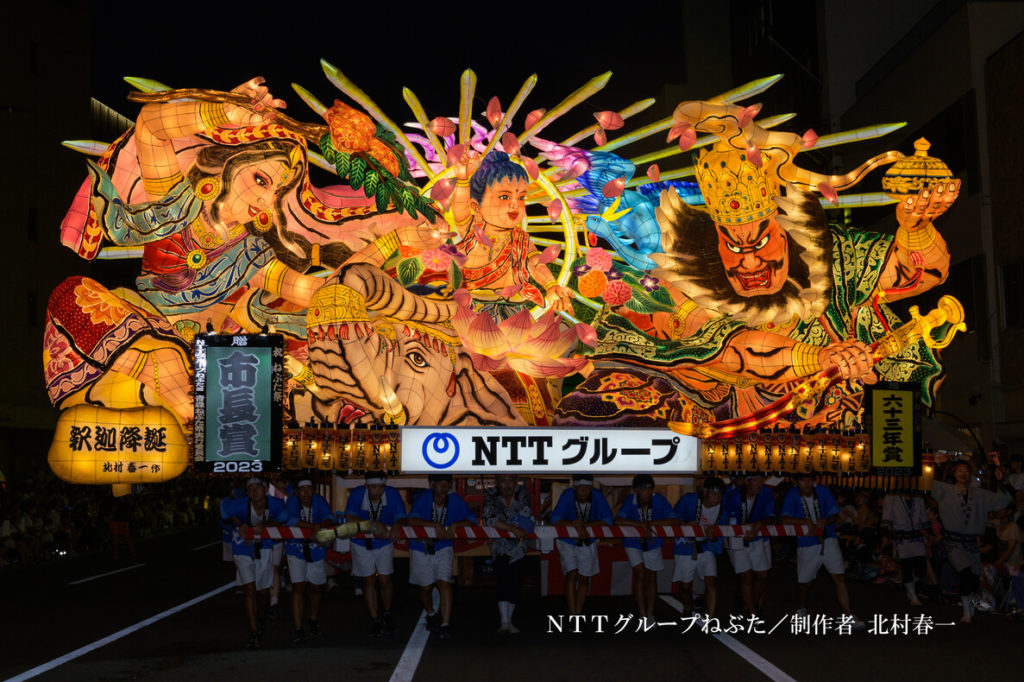
The creators of large Nebuta are called Nebuta masters, Nebutashi (ねぶた師). They spend the whole year making Nebuta from scratch for the next summer, starting by choosing subjects and drawing designs. They have their own techniques and designs so that you can enjoy the differences between Nebuta. Why don’t you find your favorite Nebuta or Nebutashi?
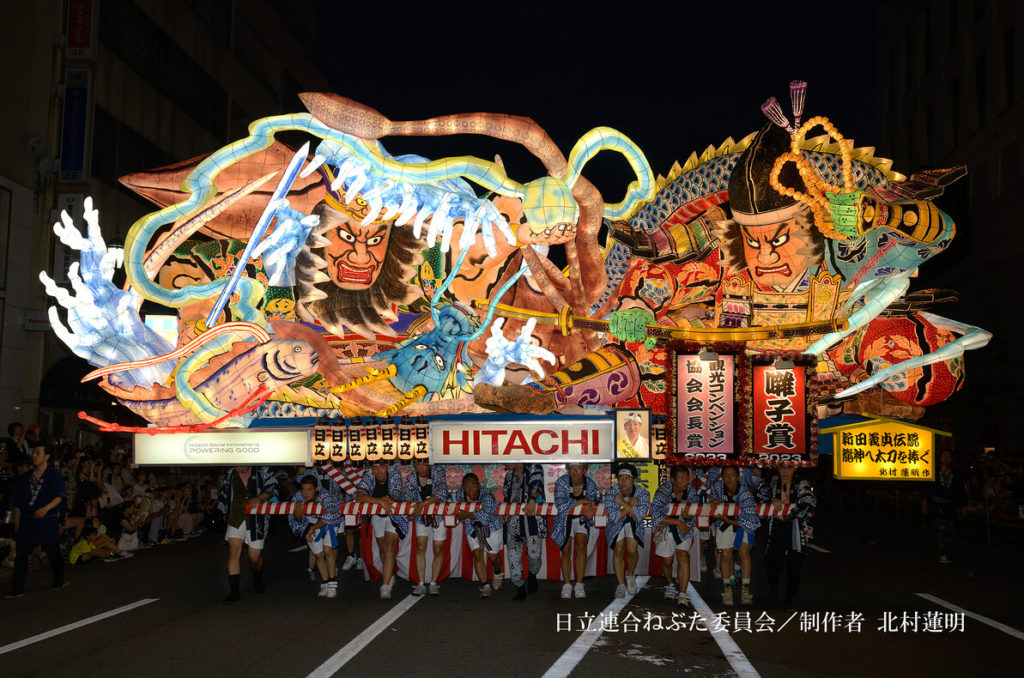

What is the Nebuta Festival?
Over twenty dynamic Nebuta floats parade through the main streets of the center of Aomori City along with exciting music, Hayashi (囃子) by bands called Hayashikata (囃子方) and Haneto (跳人) dancers. More than three million people from all over Japan and abroad visit the festival!
About twenty people called Hikite (曳き手) pull and push the Nebuta, and a person with a hand fan called Sensumochi (扇子持ち) leads the parade. The Nebuta move up and down, turn and wind, and come close to just in front of you so that they look alive or fighting each other. They are very powerful and impressive!
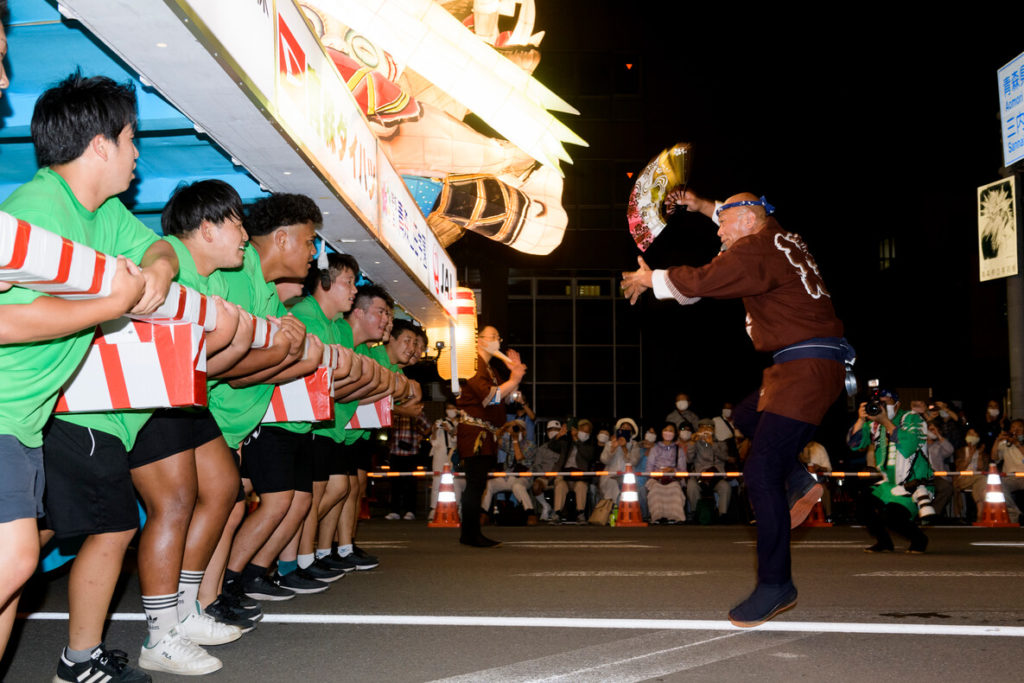
Watch the video below for a record of the festival.
2023.8.2 青森ねぶた祭 ダイジェスト Aomori Nebuta Festival ~青森市役所ねぶた~【青森市公式】
Origin of Nebuta Festival
Aomori Nebuta Festival is said to have originated as a variant of the *Tanabata Festival, but it is uncertain. In the beginning, people started to make lanterns with paper, bamboo, and candles. Over the years, they have changed in shape and size into the current Nebuta.
*See the link below if you want to know the details about Tanabata Festival.
When is Nebuta Festival held?
The festival is held every year from the 1st to the 7th of August. Below is the schedule for the festival.
1st: Nebuta Festival Eve
You can see all the Nebuta that are going to parade at the Nebuta huts, Rasse Land, where Nebuta are built by Nebutashi the whole year.
Nebutashi introduce the Nebuta they built, the music bands, Hayashikata (囃子方) perform, and fireworks are set off.
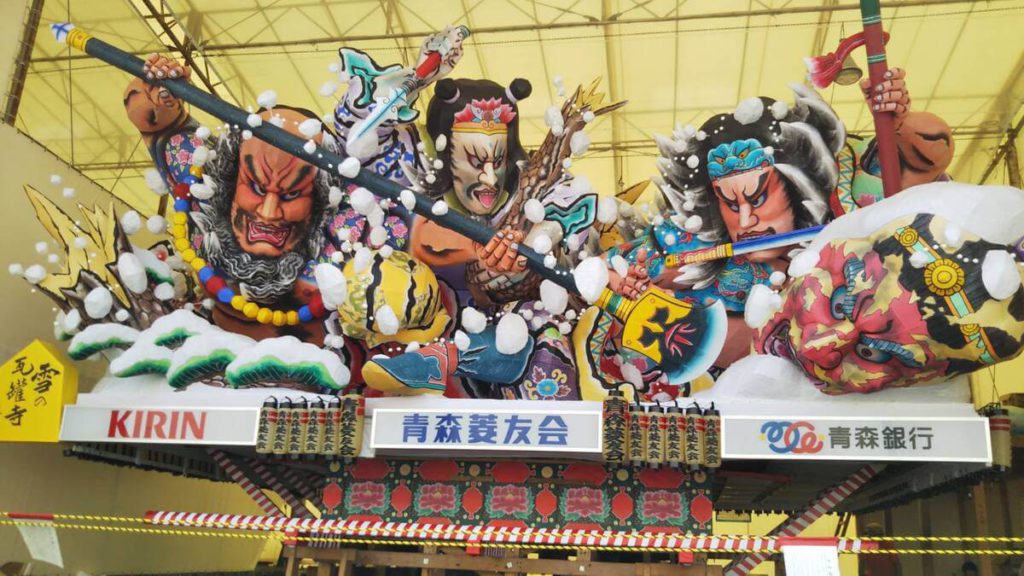
2nd to 6th: Nebuta parade on the street
Over twenty large Nebuta parade with the music bands and Haneto dancers.
7th: Nebuta parade on the bay with fireworks
You can watch the corroboration of Nebuta and fireworks on Aomori Bay. Nebuta which are chosen as winners are put on big boats and ferried into the bay. It is very fascinating and beautiful, so it’s perfect for the finale!
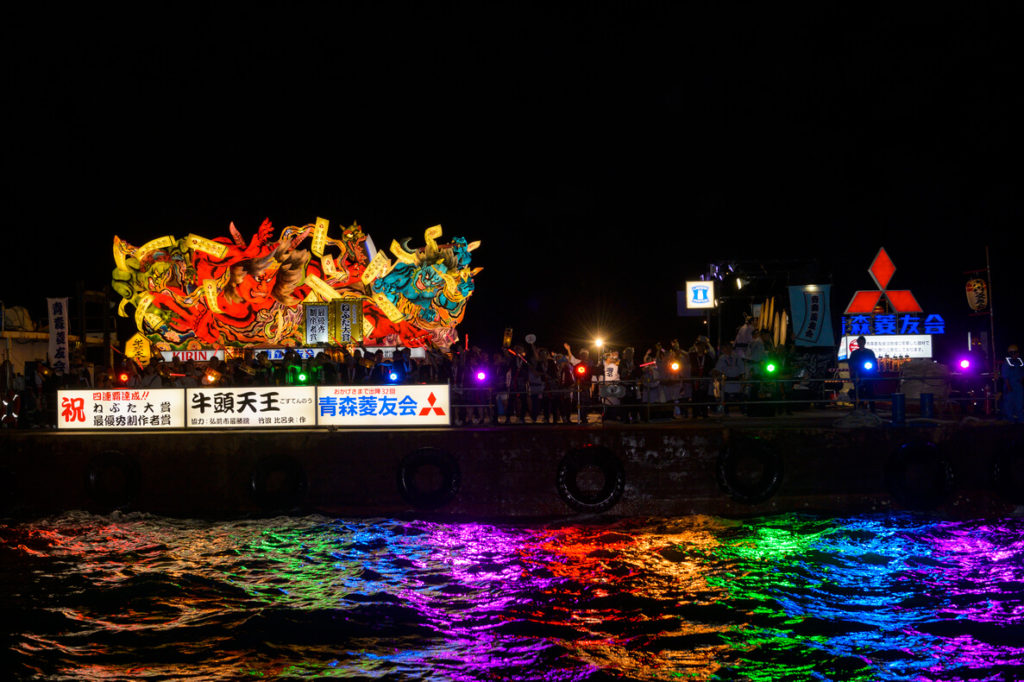
Where is Nebuta Festival held?
It’s held in the center of Aomori city, a 10-minute walk from Aomori station. The route for the Nebuta parade is about 3 kilometers long. They start from Nebuta huts, Nebuta-goya (ねぶた小屋), parade all around the route, and come back to Nebutagoya at the end.
What is the music, Hayashi (囃子)?
The music enlivens the festival. Nebuta parade along with the music and the dancers, Haneto (跳人), dance along to the music with the Nebuta.
The music bands include three musical instruments. The drum, Taiko (太鼓), sets the rhythm, the bamboo flute, Fue (笛), plays the melody, and the hand cymbal, Teburigane (手振り鉦), accentuates the music.
When we hear the Hayashi, we feel the excitement of our spirit that makes us feel we cannot stay still. We call it Jawamegu (じゃわめぐ) in the Tsugaru dialect, Tsugaruben (津軽弁), which people in Aomori speak.



How to Enjoy Nebuta?
Audience
You can watch Nebuta from the pedestrian walks as Nebuta parade in the car lanes. People claim spots to see the Nebuta well, so you should go there earlier and get your spot! I recommend getting corners so that you can see Nebuta turning and enjoy different angles.
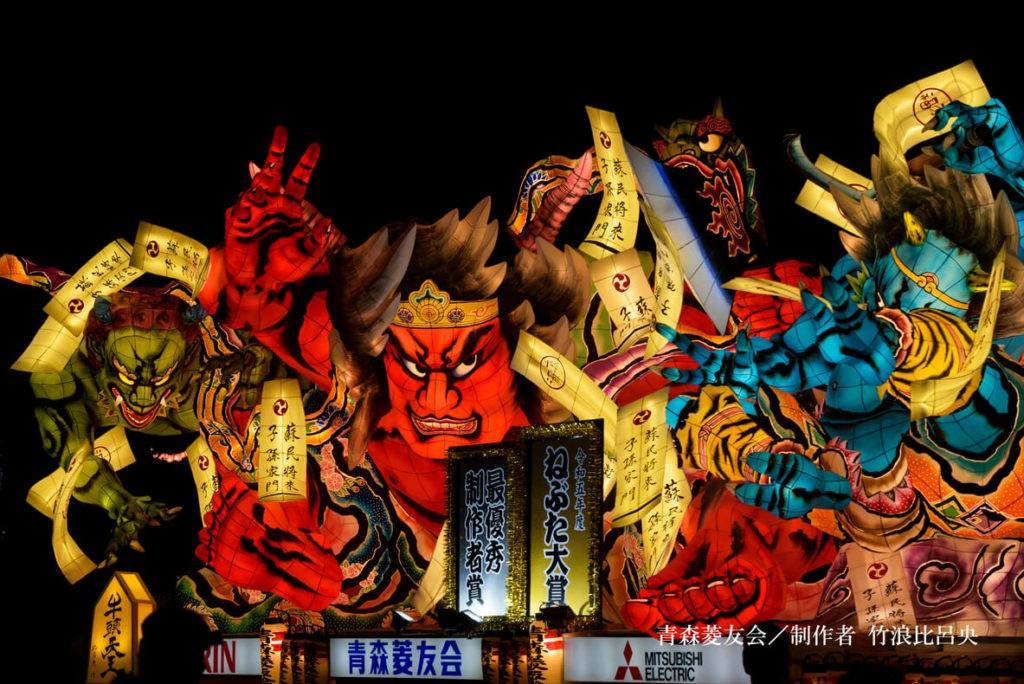
There are also paid seats just along the route. You need to buy the tickets for about 4,000 yen in advance.
Haneto (跳人)
The best thing about Nebuta Festival is anyone can participate in the festival very easily as a Haneto dancer. You don’t need to apply for it and just jump in if you put on a Haneto costume such as a Yukata (浴衣). You can buy or rent the costumes for about 4,000 yen at stores in Aomori. At some stores, they even help you to put them on.
The move as a Haneto dancer is straightforward– repeat jumping twice with one foot then twice with the other foot saying, “Rassera Rassera!” The most important thing as a Haneto is not dancing perfectly but enjoying it from the bottom of your heart! You can feel and follow the passion of the local Haneto people.

Nebuta Museum, Wa Rasse
If you want to enjoy Nebuta but unfortunately cannot visit Aomori during the festival, you can visit Nebuta Museum, Wa Rasse, and see Nebuta all year round. You can learn more about Nebuta such as the history of the festival or techniques used to create Nebuta. So, of course, you can visit there before or after you enjoy the Nebuta Festival! They renew the Nebuta exhibition to display the winning Nebuta every year, so even if you have visited there, you can visit again and see the latest Nebuta.
You can also experience Haneto dance along with live Hayashi music.
In conclusion, Nebuta Festival is a dynamic and passionate festival anyone can participate in and enjoy. Why don’t you visit Aomori next summer to join this festival and enjoy the Jawamegu feeling with us?
Reference
- https://www.nebuta.jp/
- https://www.nebuta.jp/foreign/english.html
- https://www.nebuta.jp/warasse/foreign/english.html
- https://ikidane-nippon.com/en/spots/aomori-nebuta-matsuri
- https://aomori-tourism.com/en/event/detail_15.html#:~:text=The%20Aomori%20Nebuta%20Festival%20is,Japan%20and%20abroad%20to%20attend
- https://www.youtube.com/@user-qb7fd5zo8j
I was born and raised in Aomori, the northernmost prefecture in Honshu, Japan.
I have experience teaching English to Japanese people and have been learning English and culture around the world.
I also have experience teaching Japanese language and

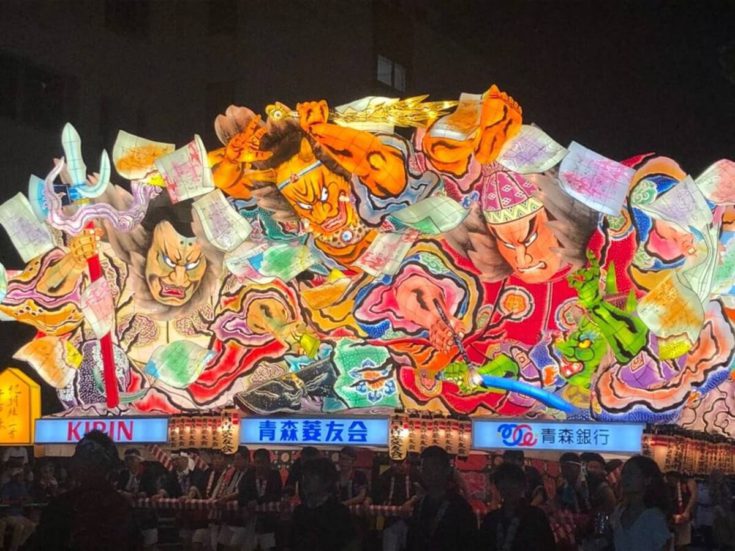
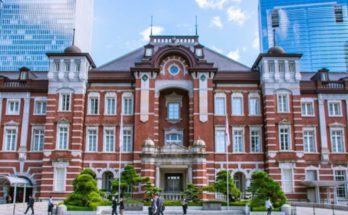
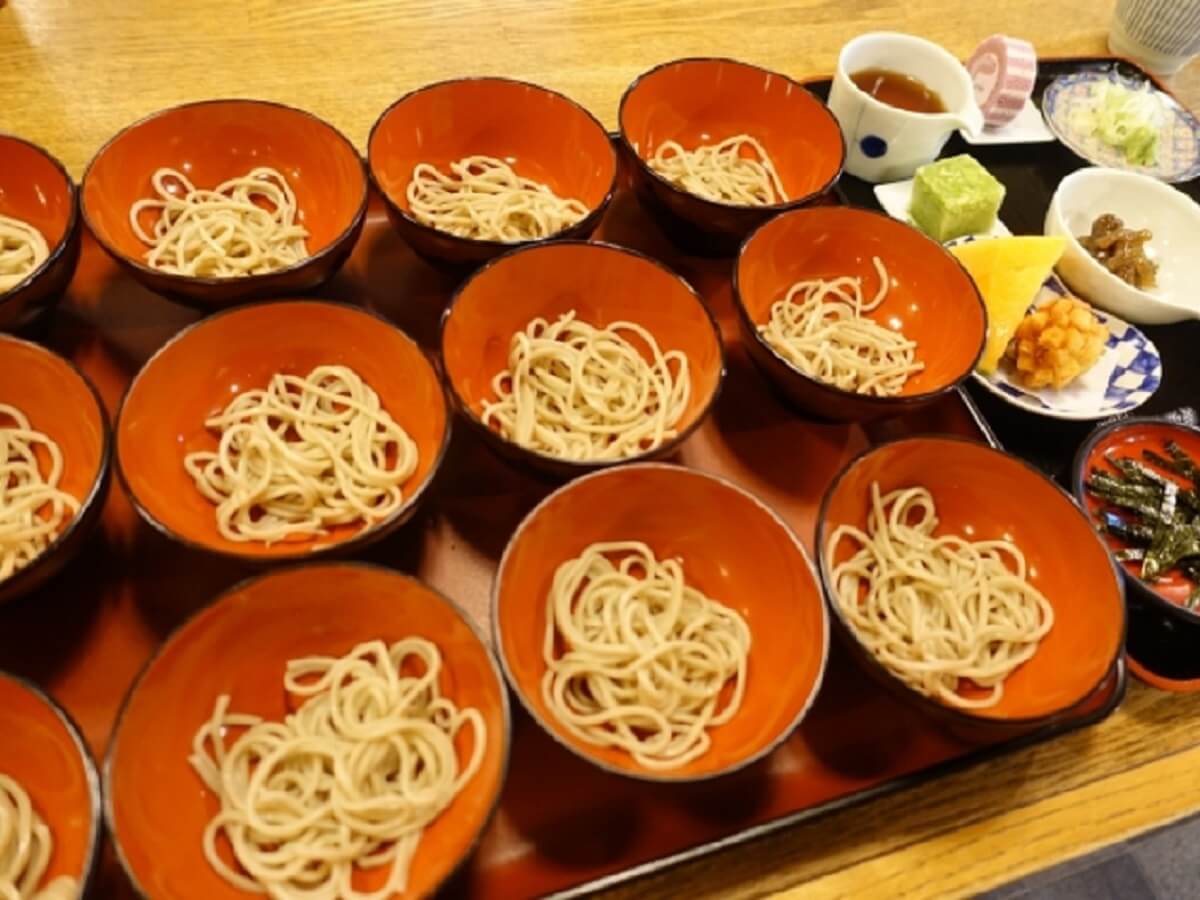
 HTJ has a YouTube page! Check it out
HTJ has a YouTube page! Check it out
thank you for making this article very useful and keep up the good work